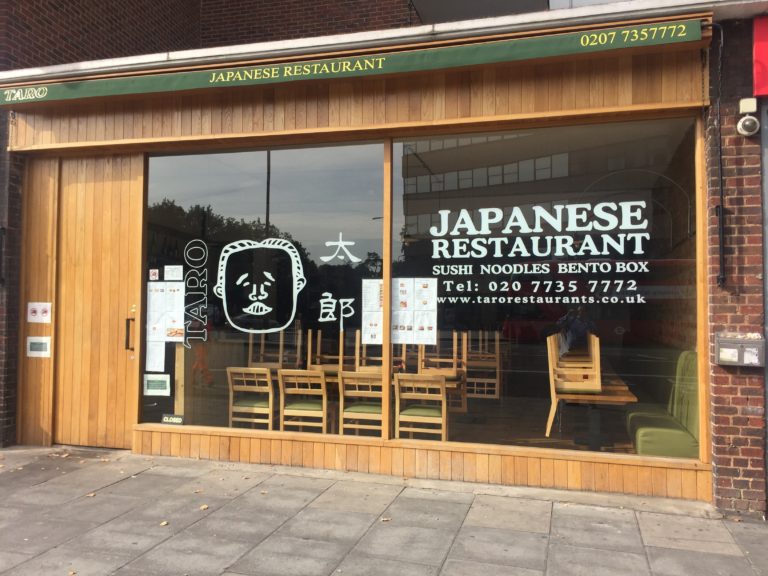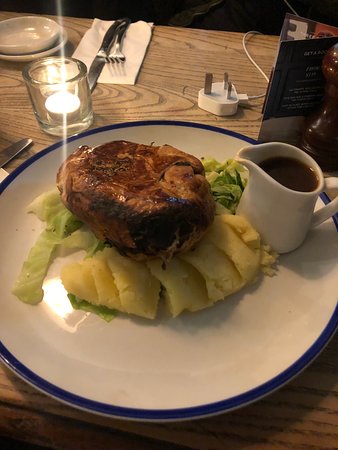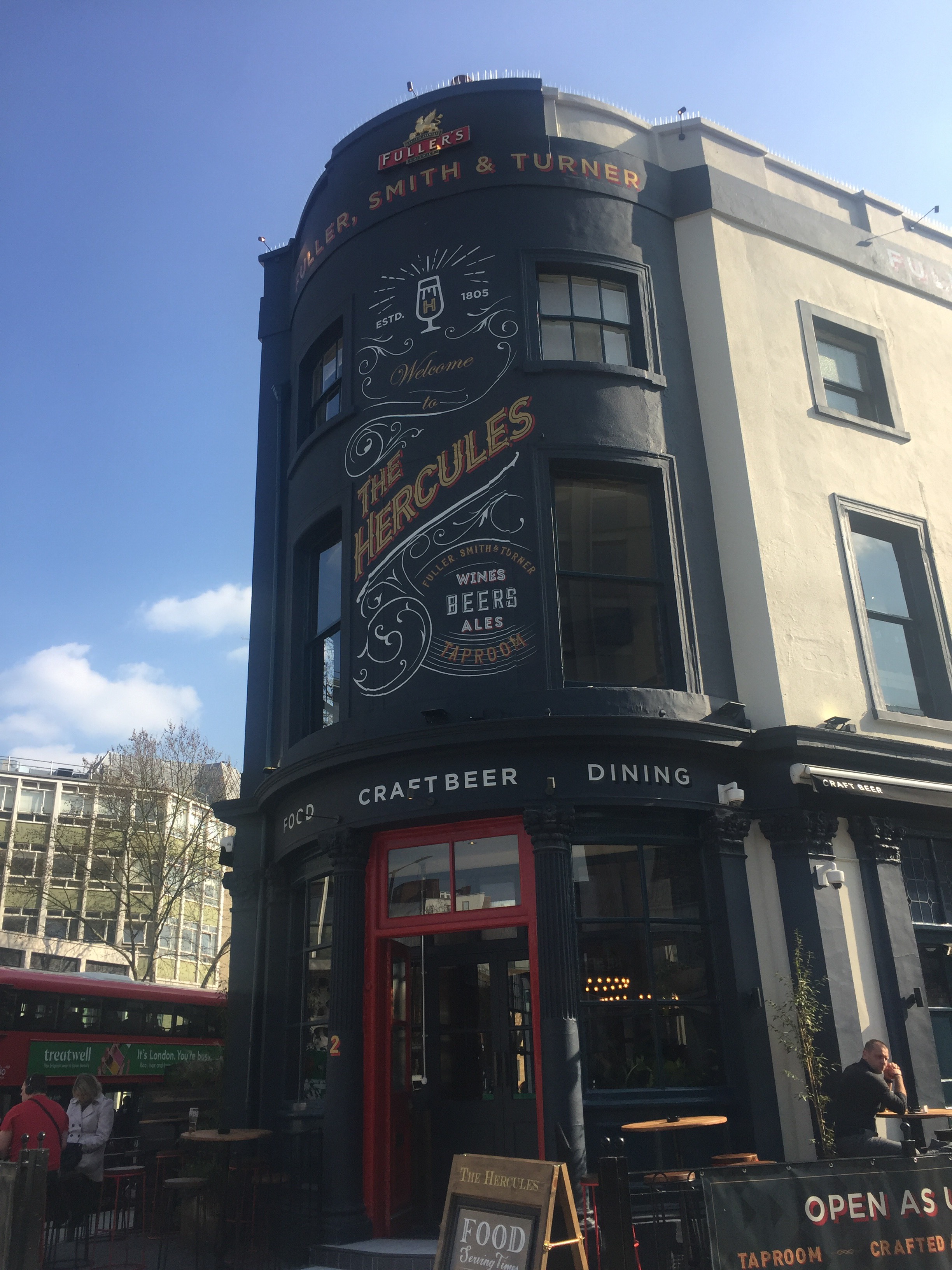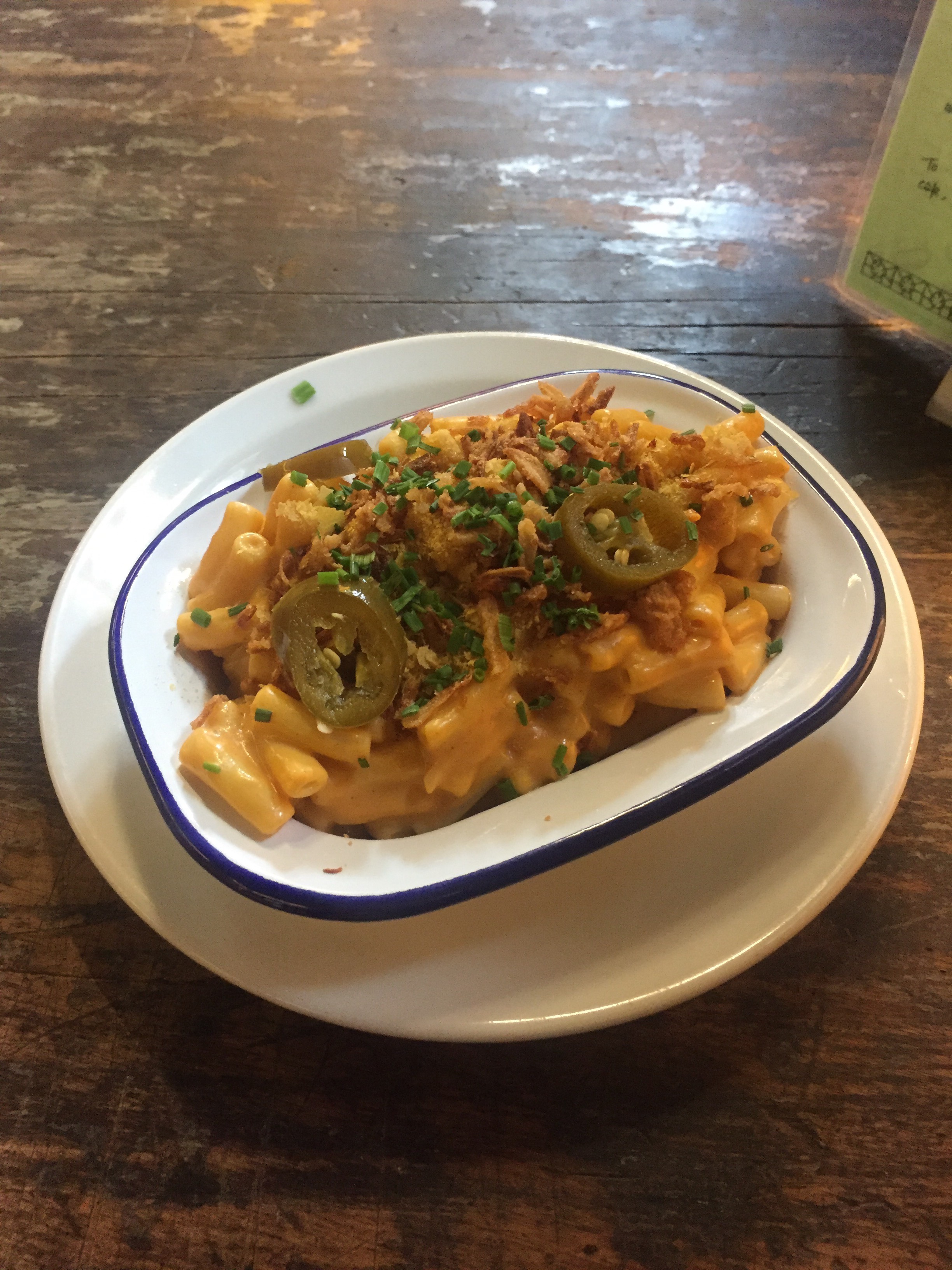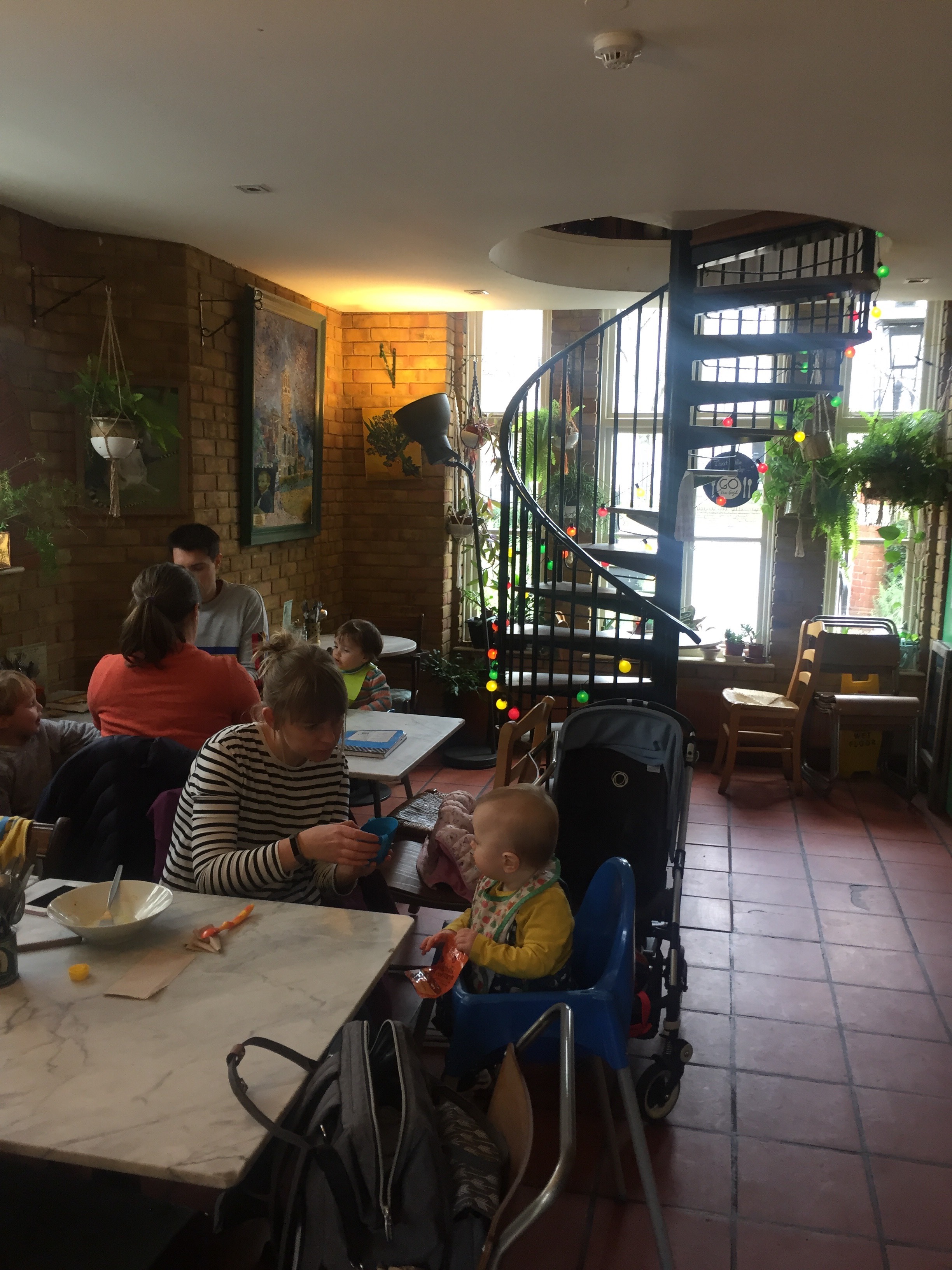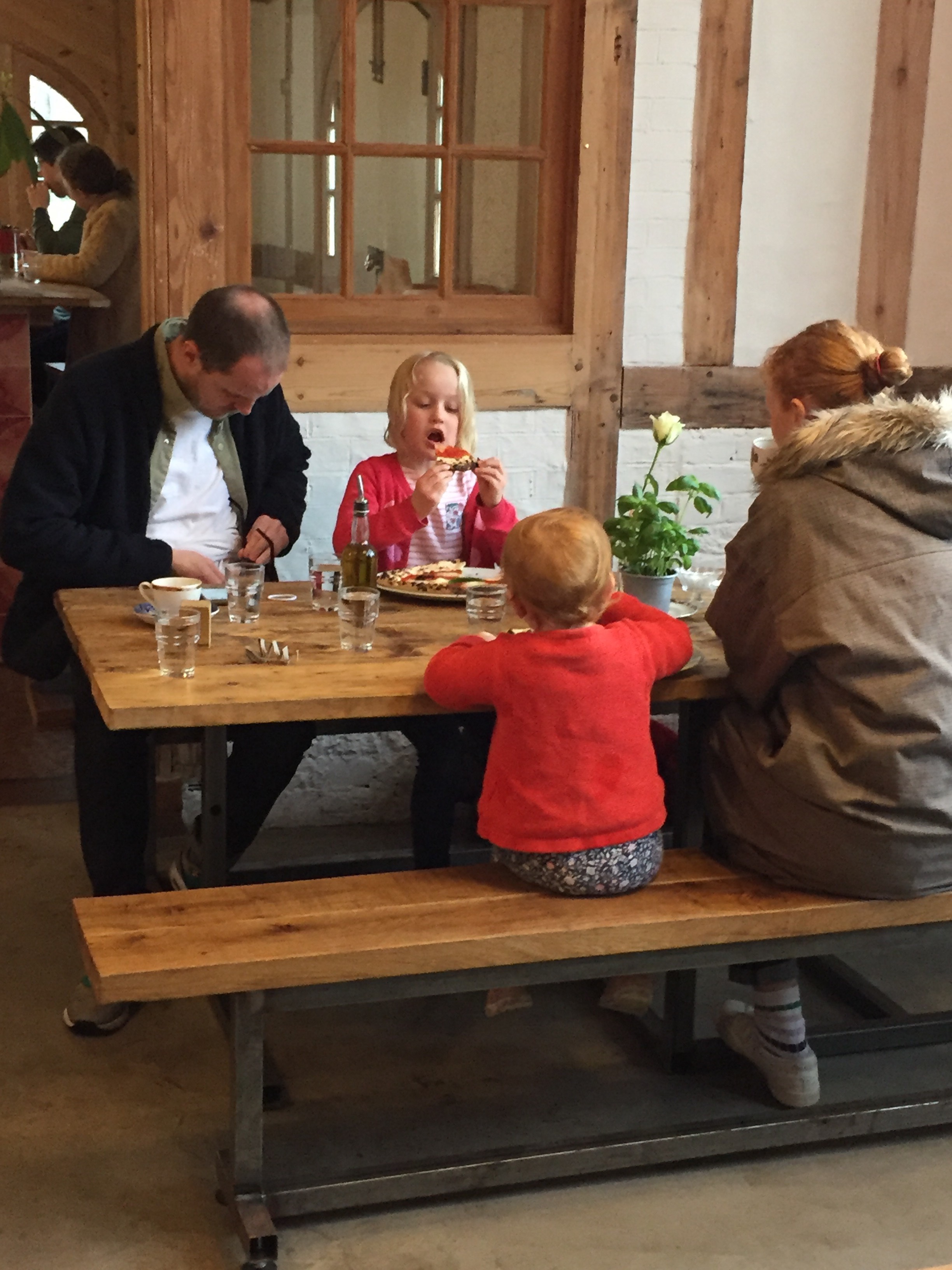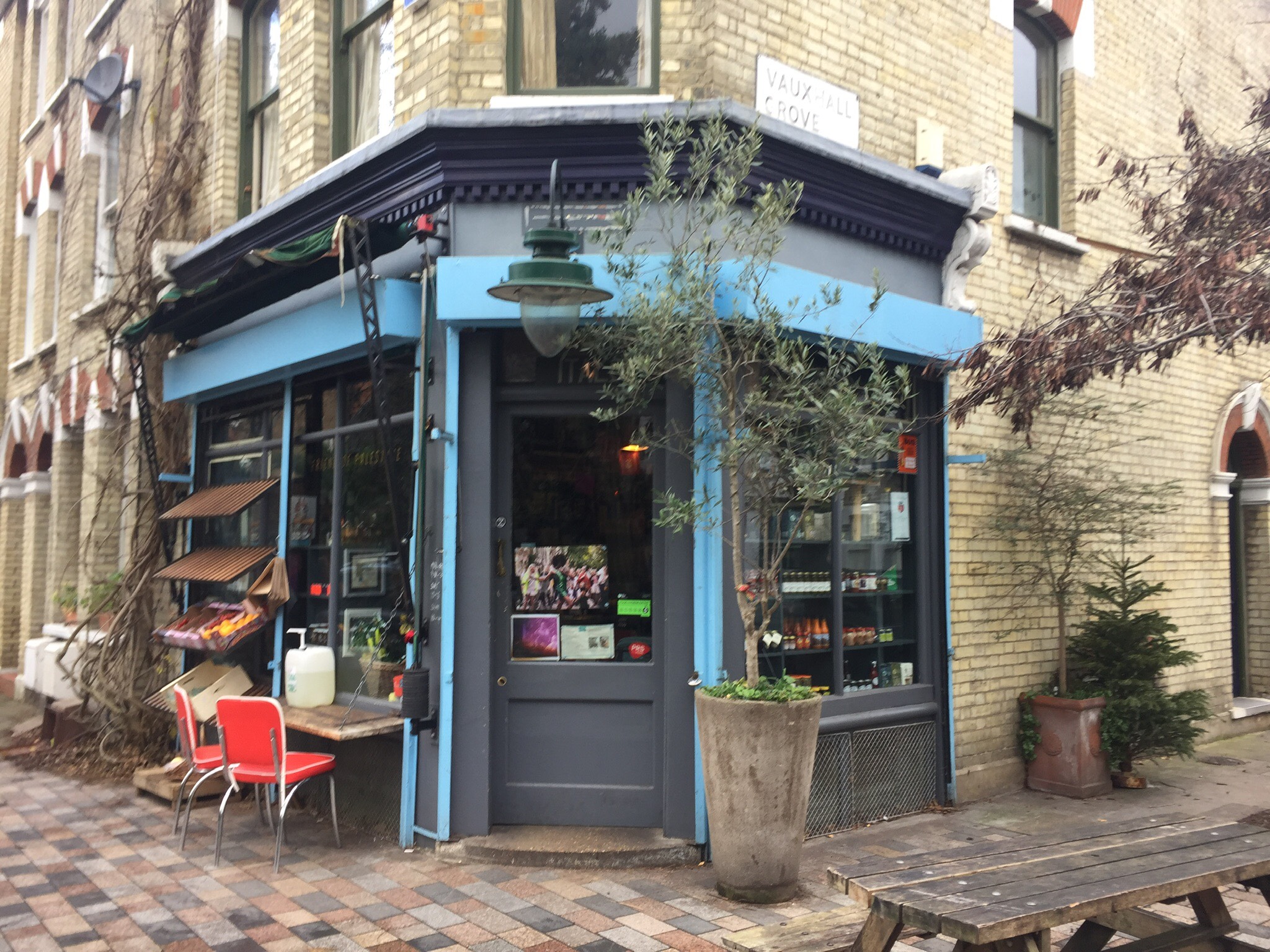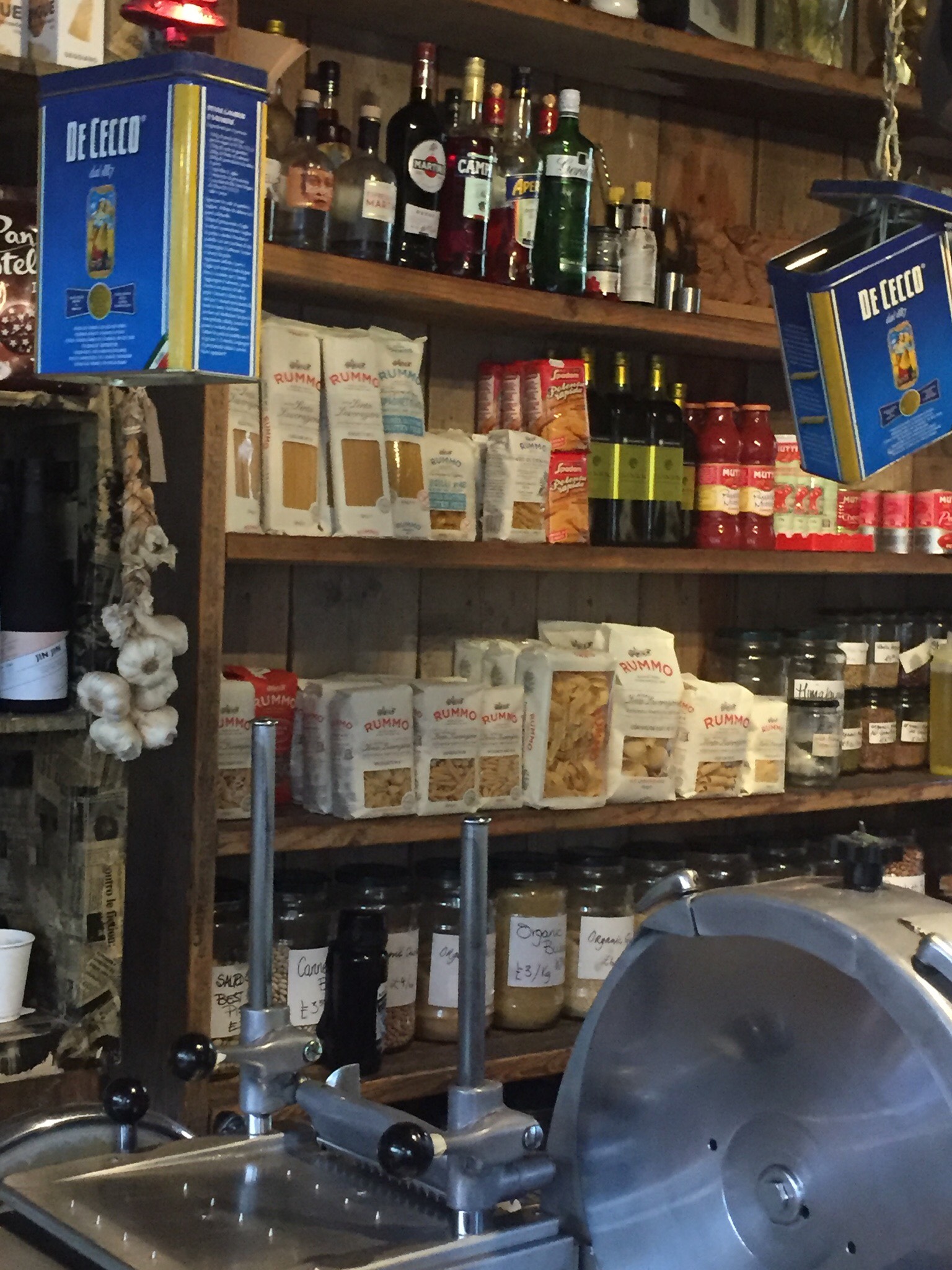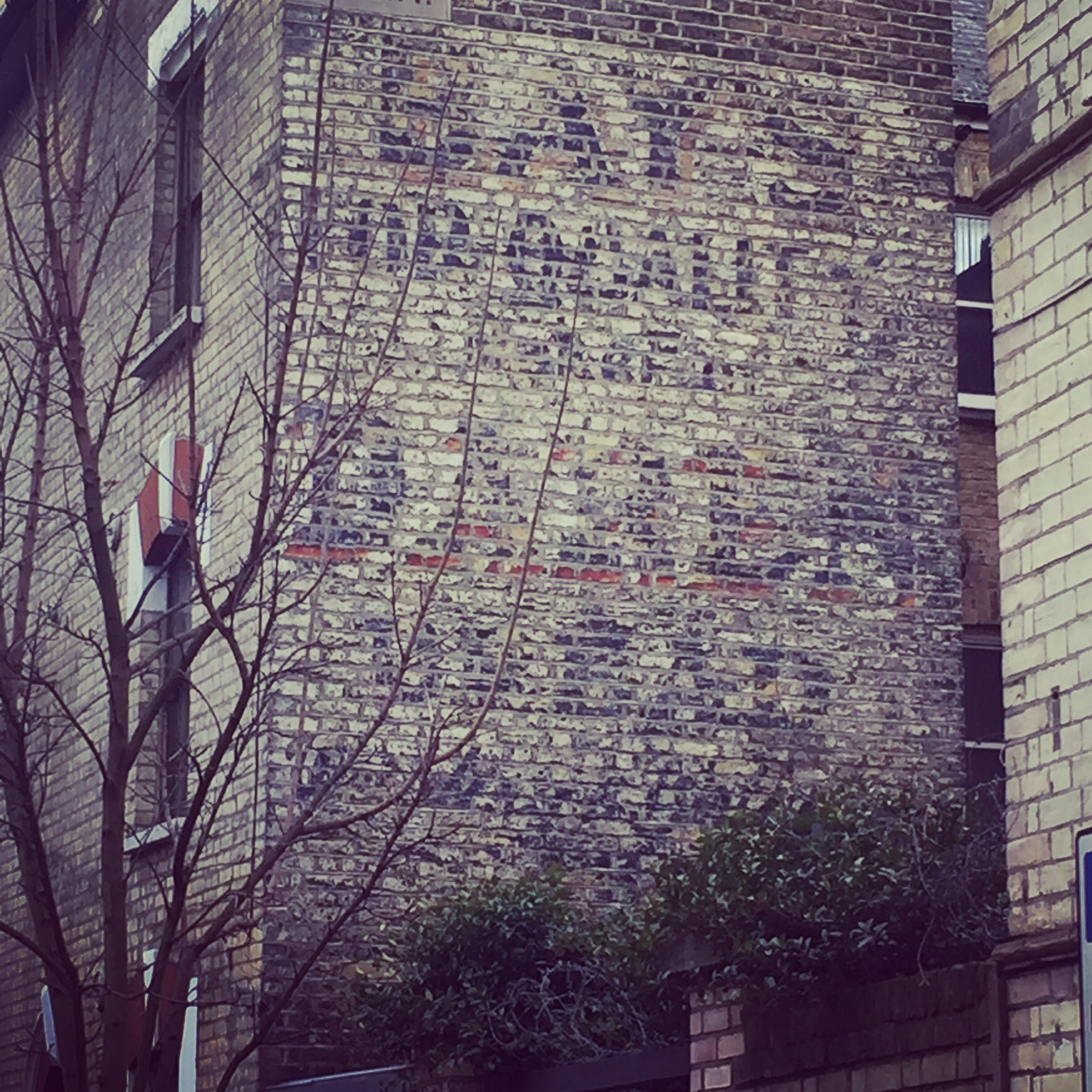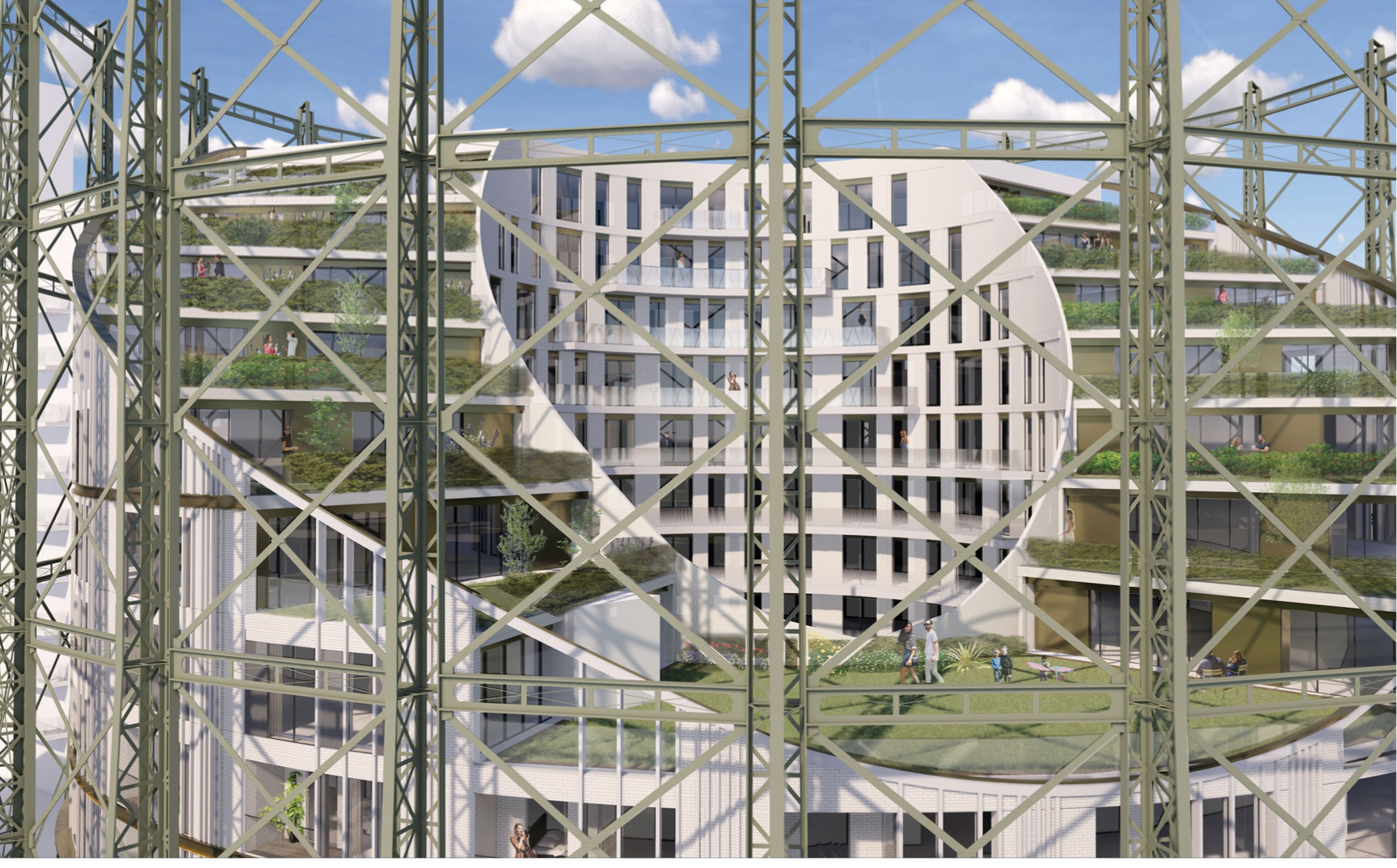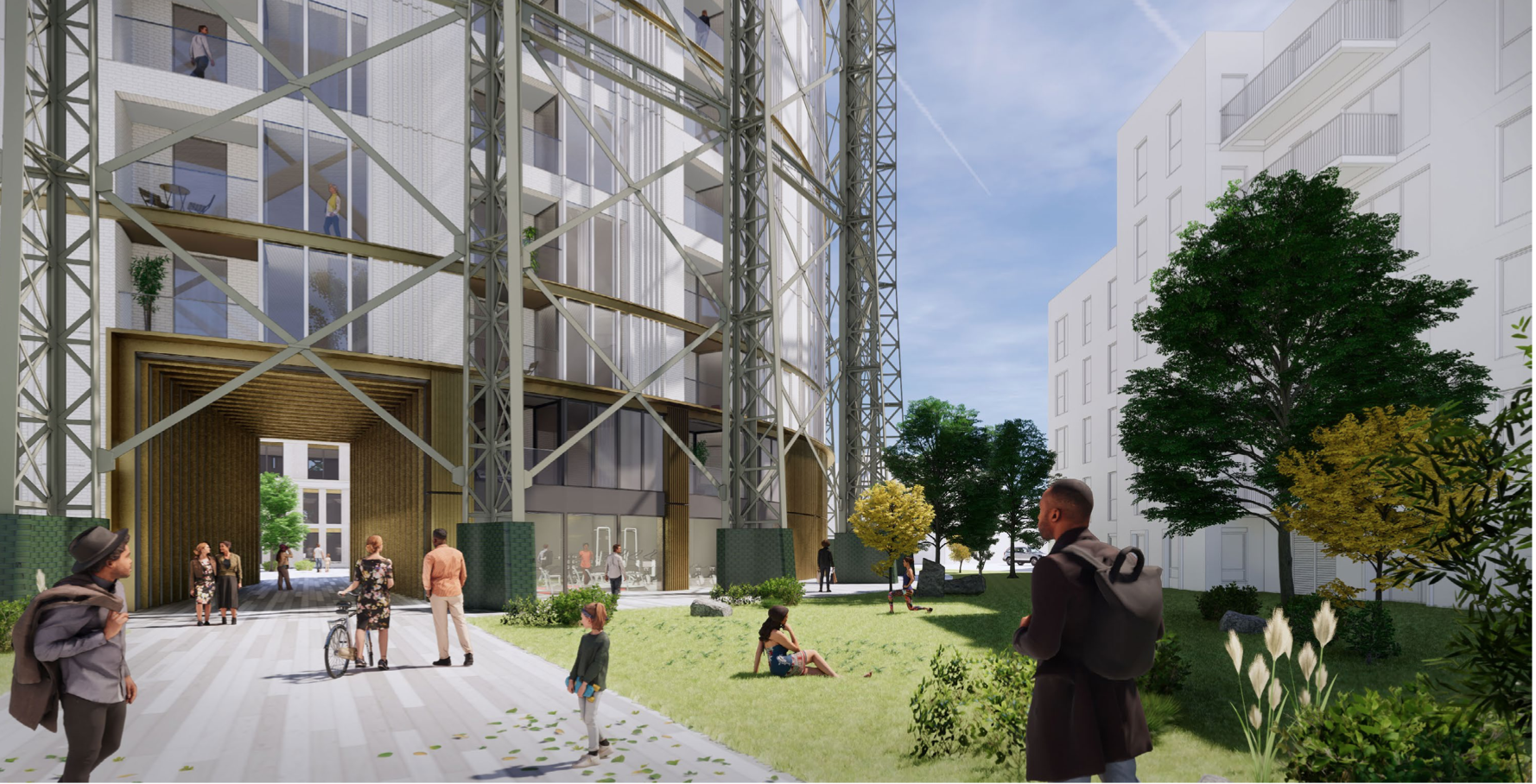As habitués to the Runoff are aware, one of our missions is to get people out of the house and live by experience. In our current climate this might not be the best thing to do, but we have chosen to persist with our top ten list nevertheless. With the rest of the list we’ll let you know if they deliver, and we also suggest going for an early or late dinner if possible. And of course, you can always make a note of the venues in your little pocket diary for future reference.
Part of the Greater Kennington firmament for over a year now, Taro has secured the #7 spot by its consistent delivery of authentic ‘Izakaya’, (roughly meaning ‘pub food’) very similar to the food you get in Japan, and is good value for money. They also have a menu more diverse than most Izakaya places (not always a good thing but it is in this case), which caters to varied tastes. Believe it or not there are a number of Japanese joints in our area, but this is acres above the lot.

We were in Japan before our Taro visit last year and went to Taro with our friend Mark, who lived in Japan for years and served as our culinary attaché. We had sushi (both tempura-maki and other maki) which was fresh and generous on the fish side. We also had fried chicken (above), which was crunchy and equally meaty. For a veg angle we also indulged in juicy tofu steak, with a surfeit of ginger and wasabi. For sides we recommend onshinko pickles and gyoza dipped in soy vinegar. Both veg and meat gyozas are great. The salmon teriyaki bento box at the next table also caught our eye.
Taro can be delivered to your door via Deliveroo, and you can pop in and take it away. They curiously don’t have a website, but are located at 414 Kennington Road, close to the park.
